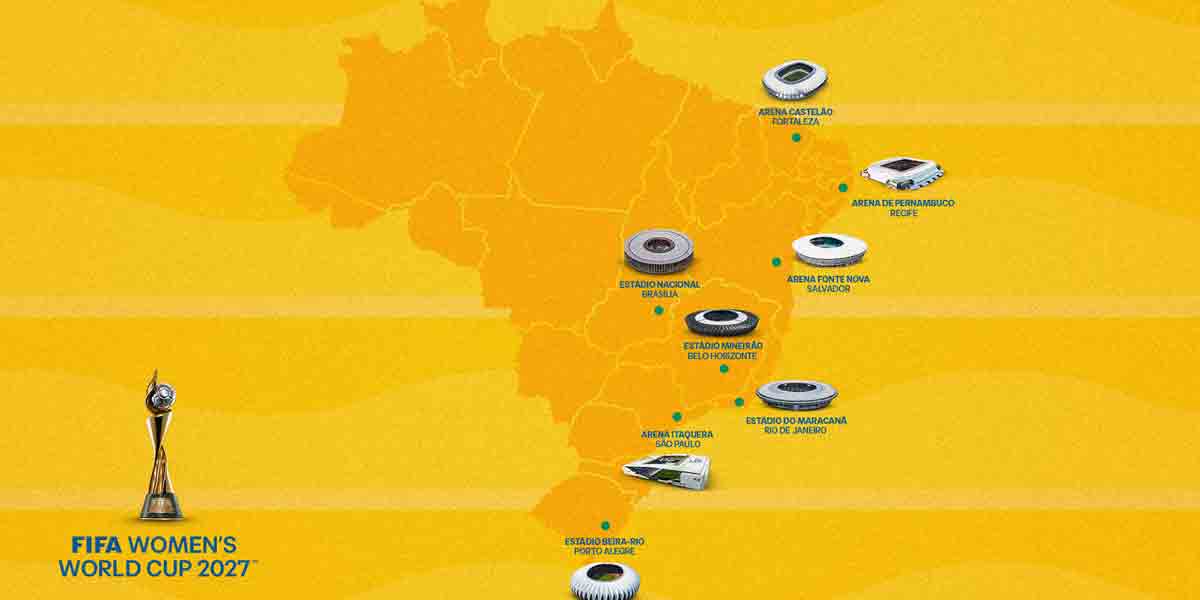By Herbert Vego
NO matter how we look at it, the “modernized jeepney” is not a jeepney but a mini-bus. It insults Filipino intelligence that the government has to lie to implement its so-called “jeepney modernization program” that would wipe out what used to be the “king of the road.”
As mandated by the previous Duterte government in 2017 through the Department of Transportation’s (DOTr) Department Order No. 2017-011, only corporations or cooperatives with at least 15 vehicles may apply for new franchises.
Its legality remains a bone of contention among organizations of jeepney operators and drivers who would not cooperate for fear of losing their bread and butter. Would they recover their investments before the vehicles go to the junkyard?
They want to retain the familiar shape and design of the jeepney that has been the trademark of local public transport.
As to how jeepneys originated as passenger vehicles, it started in 1947 after World War II when American troops left several units of Willys Jeep in the country. Creative Filipino craftsmen modified and turned them into passenger vehicles.
The China-made mini-buses now arriving in droves cost ₱2.4 million per unit, probably including commissions for favored officials of the Department of Transportation (DOTr).
I cry for manufacturers here in Iloilo City whose “talyers” have folded up. As Mayor Jerry P. Treñas used to say they are “capable of making the hoods of their jeepneys look like those of modern cars.”
We can only hope that the ongoing Senate hearings on the modernization program would save our jeepneys from extinction. The first hearing saw executives of Sarao Motors and Francisco Motors complaining that they had been denied by the DOTr the authority to participate in the program. If given the incentive to mass-produce, they could sell an air-conditioned jeepney at only ₱985,000.
Both Sarao and Francisco have been manufacturing jeepneys for 77 years.
A Sarao unit was among the Filipino products that elicited the most “ohs” and “ahs” from millions of visitors at the New York World’s Fair in New York City for six months from April 21, 1964 to October 21, 1965.
So, will President Marcos step in to keep the Philippine-made jeepneys rolling?
I am sentimental, remembering my late dad Juan, who bought a passenger jeepney to augment his income as a public-school teacher. Our jeepney plied the seven-kilometer distance between the capital town of San Jose and barangay San Pedro in Antique.
A teenager in those days, I earned my first income by acting as our jeepney conductor during holidays.
-oOo-
BLAME THE POWER PLANTS
THIS writer reiterates his view that the high cost of electricity in the Philippines is what drives foreign investors away. Tsk, tsk, the power plants can’t moderate their greed.
Twice in this corner, I deplored the fact that the country’s biggest power plant, Aboitiz Power, made its biggest net profit in the year 2023 to the humongous tune of ₱17.3 billion.
For example, power distributor MORE Power has been trying hard to buy the cheapest power, but only to a certain extent. You see, only a small portion of the bill that the customer receives goes to power distributors; the lion’s share is forwarded to the power plants.
An article published in the website bilyonaryo.com said, “With the exception of Singapore, the Philippines has the highest electricity rates in ASEAN, despite having the lowest power demand – a crucial indicator of industrialization.”
During a breakfast with an American visitor, Victor D’Agustino, I casually asked him how much he pays for electricity in Los Angeles, California.
“Seven cents per kilowatt-hour,” he answered, which is around four pesos in Philippine currency.
Ouch! To think that ours in the Philippines fluctuates from ₱10 to ₱14/Kwh…





















